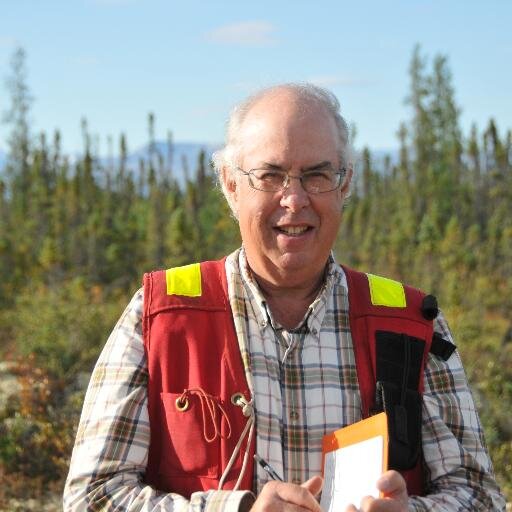Selkirk College is hosting a course to help landowners, restoration practitioners and natural resource managers understand, develop and implement erosion control, habitat improvement, and water quality protection using plants!
This 2 day course is an in-depth review of soil bioengineering techniques and options involved in restoration and reclamation of damaged ecosystems using a combination of structural materials, vegetative cuttings and other specialized techniques. Soil engineering is an applied science that uses live plant materials to perform an engineering function such as slope stabilization, soil erosion or seepage control.

Grand Forks Campus
Phone: 250.442.2704
boundaryce@selkirk.ca
Fax: 250.442.2877
About the instructor:

Instructor David Polster brings a wealth of experience stabilizing slopes and restoring ecosystems using applied ecology. David is a plant ecologist with over 30 years of experience in vegetation studies, reclamation and invasive species management. He graduated from the University of Victoria with an Honours Bachelor of Science degree in 1975 and a Master of Science degree in 1977. He has developed a wide variety of reclamation techniques for steep/unstable slopes as well as techniques for the re-establishment of riparian and aquatic habitats. He is the past-president of the Canadian Land Reclamation Association. He is the treasurer for the B.C. Chapter of the Society for Ecological Restoration and serves as the alternate mining representative on the board of the Invasive Plant Council of B.C. For the past 19 years he has lived with his wife, Genevieve Singleton and four children in Duncan, BC.
Dave has provided on-site design and direction in the development of reclamation and bioengineering systems for restoration of severely damaged ecosystems. He served as the environmental supervisor for CP Rail's massive Roger's Pass Project. He was responsible for developing the bioengineering systems that have successfully revegetated a portion of the Point Grey cliffs at UBC. Dave has prepared reclamation plans for numerous mines, quarries and gravel pits in Canada. He pioneered the concept of successional reclamation where the aim of the reclamation program is the re-integration of the disturbed site into the natural processes of vegetation succession. He has applied his knowledge in ecology to solving problems of unwanted and invasive vegetation. He has also authored numerous papers on these topics.









